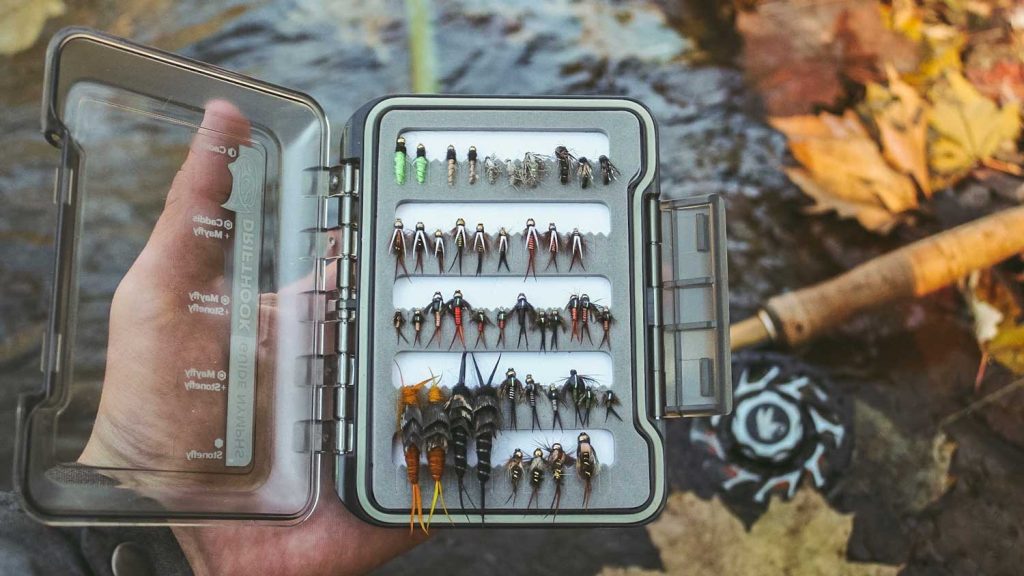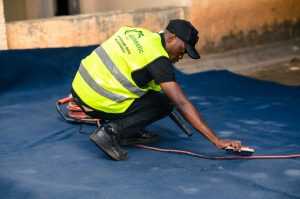
Choosing the right Fly fishing combo can make the difference between a frustrating day on the water and a memorable, successful fishing trip. Whether you’re a complete beginner or a seasoned angler looking to upgrade, the perfect setup depends on factors like skill level, fishing environment, target species, and budget. This guide will walk you through every step so you can invest in a combo that matches your needs perfectly.
Understanding What a Fly Fishing Combo Includes
A fly fishing combo is a pre-matched set of essential fly fishing gear, typically including a fly rod, fly reel, and a suitable fly line. These components are selected by manufacturers to work well together, saving you the time and effort of matching them yourself. Some combos also include a rod case, backing line, and leader, making them a convenient choice for anglers who want a ready-to-fish setup.
Why Choose a Combo Over Individual Pieces?
A well-chosen fly fishing combo ensures proper balance between the rod, reel, and line, which is crucial for casting efficiency and comfort. For beginners, combos eliminate the guesswork and reduce the chances of mismatched gear. For experienced anglers, they can be a quick and cost-effective way to add a specialized setup for specific fishing conditions.
Choosing the Right Fly Rod in Your Combo
The rod is the backbone of your fly fishing combo, and its characteristics will influence your casting ability and fishing success.
Rod Length
Fly rods generally range from 7 to 10 feet. Shorter rods (7–8 feet) are ideal for small streams with overhanging trees, while longer rods (9–10 feet) provide better line control in larger waters and are favored for nymphing or long-distance casting.
Rod Weight
Rod weight (WT) indicates the size of the line it can handle. A 4–6 WT rod is versatile for trout fishing, while an 8–10 WT rod is better for larger species like bass, salmon, or saltwater fish. Beginners targeting trout should consider a 5 WT rod as a reliable all-round choice.
Action Type
- Fast Action: Stiffer rods that cast longer distances and perform well in windy conditions but require more skill.
- Medium Action: A balanced choice for versatility and ease of learning.
- Slow Action: More flexible rods for short, delicate casts, ideal for small streams.
Selecting the Fly Reel in Your Combo
The reel in your fly fishing combo serves more than just holding the line; it also helps balance the rod and plays a role in fighting fish.
Arbor Size
- Large Arbor: Retrieves line quickly and reduces line memory—best for big fish and long runs.
- Mid Arbor: Balanced option for most freshwater fishing.
- Standard Arbor: Traditional style, slower retrieval, suitable for light freshwater setups.
Drag System
- Disc Drag: Smooth and powerful, suitable for large fish.
- Click-and-Pawl Drag: Lightweight and simple, ideal for small trout streams.
Material and Build
Reels made from machined aluminum offer durability and corrosion resistance, while cast aluminum or composite reels are lighter and often more affordable.
Fly Line Considerations for Your Combo
Your fly fishing combo should come with a line matched to the rod’s weight, but it’s worth understanding the basics.
Line Weight and Taper
- Weight Forward (WF): Most popular and versatile, offering easier casting for beginners.
- Double Taper (DT): Allows delicate presentations and can be reversed for longer use.
Floating vs. Sinking Lines
- Floating Lines: Best for dry flies and general fishing.
- Sinking Lines: Ideal for deep-water fishing or reaching fish in fast currents.
Matching the Combo to Your Fishing Environment
Where you plan to fish greatly influences the type of fly fishing combo you should select.
Freshwater Fishing
For trout, panfish, and bass in rivers and lakes, a medium-action rod in the 4–6 WT range paired with a floating line is ideal.
Saltwater Fishing
Saltwater demands corrosion-resistant reels, heavier rods (8–10 WT), and lines designed to withstand harsh marine conditions.
Small Streams
Opt for a shorter rod (7–8 feet), lighter weight (2–4 WT), and a slow-action design for precise casts in tight spaces.
Skill Level Considerations
Your skill level is another critical factor in selecting the perfect fly fishing combo.
Beginner Anglers
Choose a medium-action rod with a balanced reel and weight-forward floating line. Combos in the 5 WT range offer the most versatility and forgiving learning curve.
Intermediate Anglers
You might prefer a specialized setup tailored to your preferred fishing style—perhaps a fast-action rod for windy days or a dedicated nymphing rod for technical streams.
Experienced Anglers
At this stage, you’ll have the experience to select a combo that complements your technique and preferred species, possibly investing in higher-end components for precision performance.
Budget and Quality Balance
Fly fishing combos vary widely in price, from entry-level kits under $150 to premium setups costing several hundred dollars.
Entry-Level Combos
Affordable and user-friendly, these are perfect for beginners or casual anglers who fish a few times a year.
Mid-Range Combos
Offer better materials, improved balance, and more durable reels—ideal for regular anglers seeking reliable performance.
High-End Combos
Crafted with top-quality materials and advanced engineering, these are for dedicated anglers who want the best casting accuracy, feel, and durability.
Brand and Warranty Considerations
Some brands are renowned for producing reliable fly fishing combos that last for years. Look for companies with strong customer support, easy access to spare parts, and warranties that protect your investment.
Testing Before You Buy
If possible, visit a fly shop and test different combos. Feel the weight, check the balance between rod and reel, and make a few casts. This hands-on experience can be invaluable in finding a combo that feels right for you.
Maintenance for Longevity
To protect your investment, rinse your combo after use—especially in saltwater—dry it thoroughly, and store it in a protective case. Regularly check line condition, reel drag, and rod guides for wear and tear.
Final Thoughts
Selecting the perfect fly fishing combo isn’t just about buying gear—it’s about matching the right tools to your fishing style, environment, and skill level. By considering rod length, weight, action, reel type, line choice, and budget, you can confidently choose a setup that will make your time on the water more productive and enjoyable. Invest wisely, take care of your gear, and you’ll be ready for countless successful adventures on the water.



